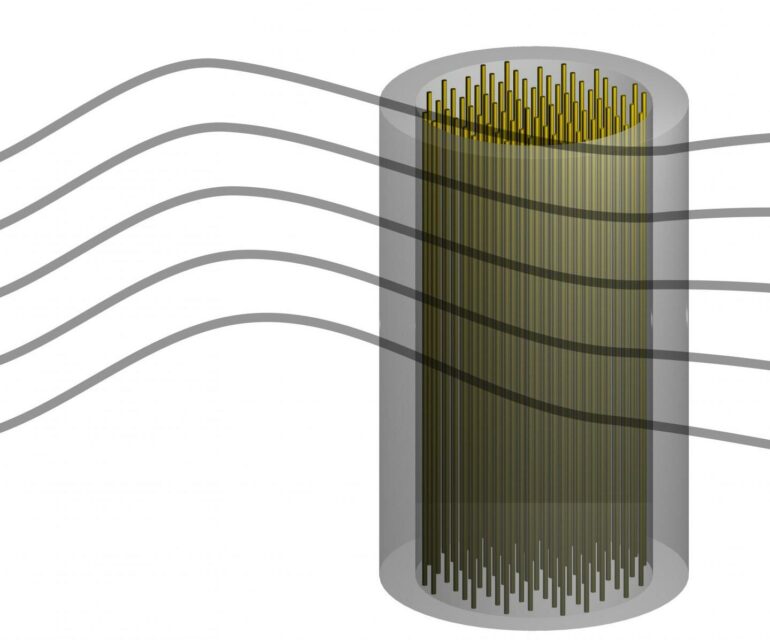A new paper in The European Physical Journal Plus introduces a novel method of searching for a type of dark matter known as axions; a modified version of this technique may have useful “real life” applications.
Most of the universe is now thought to consist of dark matter—mysterious substances which, because they don’t interact with light or any other kind of electromagnetic radiation, are almost impossible to detect. Physicists have been searching for it for decades, using different techniques; Nicolò Crescini, now of Institut Néel, Grenoble, France, developed a novel method of searching for one type of dark matter, axions, when working at the Laboratori Nazionali di Legnaro, Padova, Italy.
Axions are hypothetical particles that were introduced in the 1970s to plug a gap in the Standard Model of particle physics, namely the strong CP problem. “Studying axions is a good way of catching two birds—dark matter and the strong CP problem—with one stone, the axion,” says Crescini.
The methods used to look for axions differ from the typical particle physics experiments that involve colliding fast-moving particles in accelerators. Instead, these experiments search for weak electromagnetic anomalies that can be detected at extremely low energy and indicate axions coupling to other fundamental particles.
“Most of these experiments look for axions coupling with photons,” adds Crescini. “This approach searches for coupling with electrons, which is more challenging but can yield richer results.” It involves placing a sample of magnetic material in a very well controlled environment close to the absolute zero of temperature and monitoring it for the anomalous variations in magnetization that might indicate axion activity. The system is a type of magnetometer known as a haloscope after the Dark Matter halo of the Milky Way,
This experiment, named QUAX (short for “Quaerere Axions,” where “quaerere” is Latin for “to search”), is not yet sensitive enough to be able to detect axions. “It needs to be scaled up, and more sensitive sensors need to be employed,” says Crescini. “Nevertheless, this research also has practical applications: we have patented a modified version that could be used as a commercial magnetometer.”
More information:
Nicolò Crescini, Building instructions for a ferromagnetic axion haloscope, The European Physical Journal Plus (2022). DOI: 10.1140/epjp/s13360-022-02533-w
Citation:
Searching for dark matter with a haloscope (2022, April 14)



